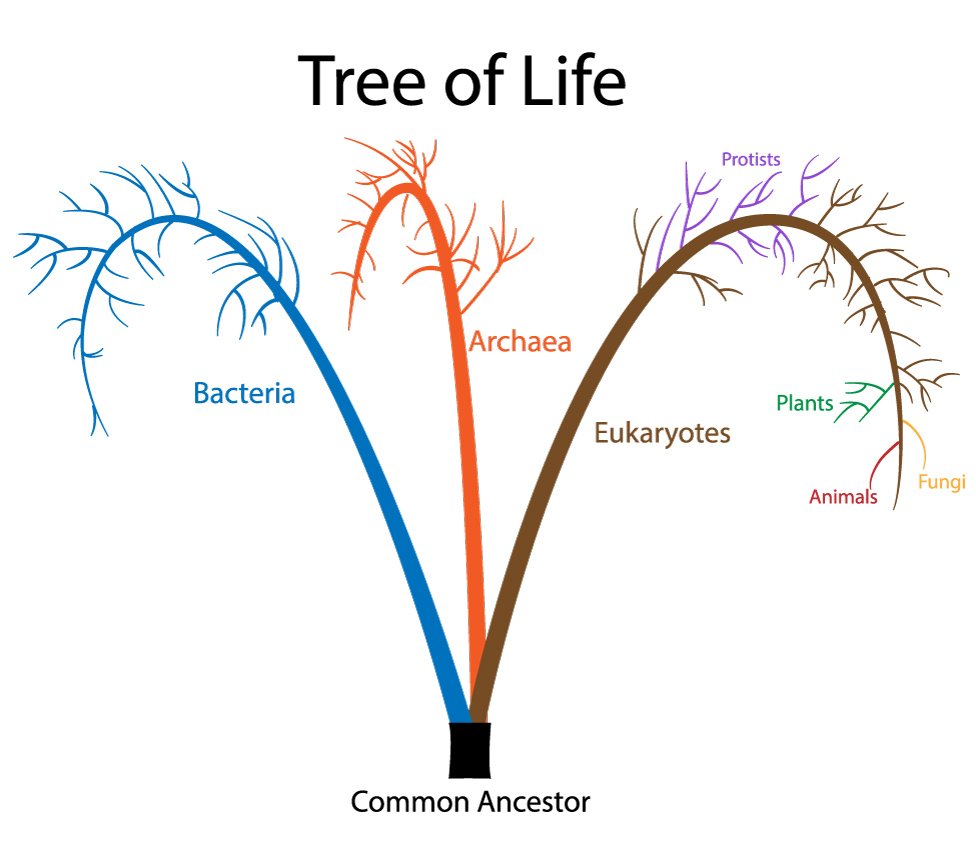Microbes Eat What?

Cows do not secrete their own stomach acid. All digestion in the rumen (part of a cow's stomach) is done by microbes.
We often refer to microbes as "eating" chemicals. What does this really mean?
Up until a few decades ago, scientists thought all life on earth depended on energy from the sun. Plants form the foundation of familiar food chains: through the process of photosynthesis, they use energy from the sun and carbon dioxide from the air to build more-complex carbon molecules. In other words, they transform solar energy into chemical energy. It was commonly thought that everything else either ate plants or they ate plant-eaters.
In the 1970s, scientists started finding microorganisms in extreme environments that could digest chemicals from the Earth itself. Instead of using light energy from the sun, these organisms build carbon-based molecules using energy that's released when they break apart chemicals like hydrogen sulfide and methane.
The earliest life on Earth was probably fueled by processes that are similar to the ones used by extremophiles today.
